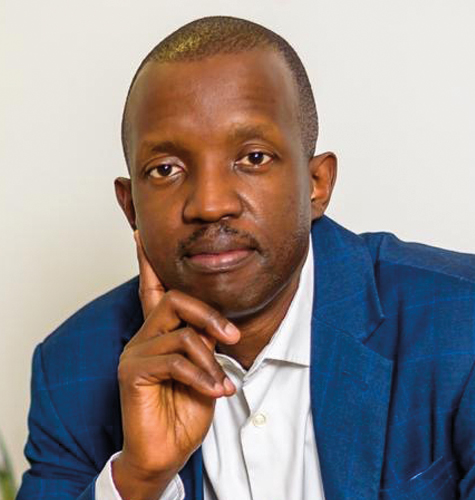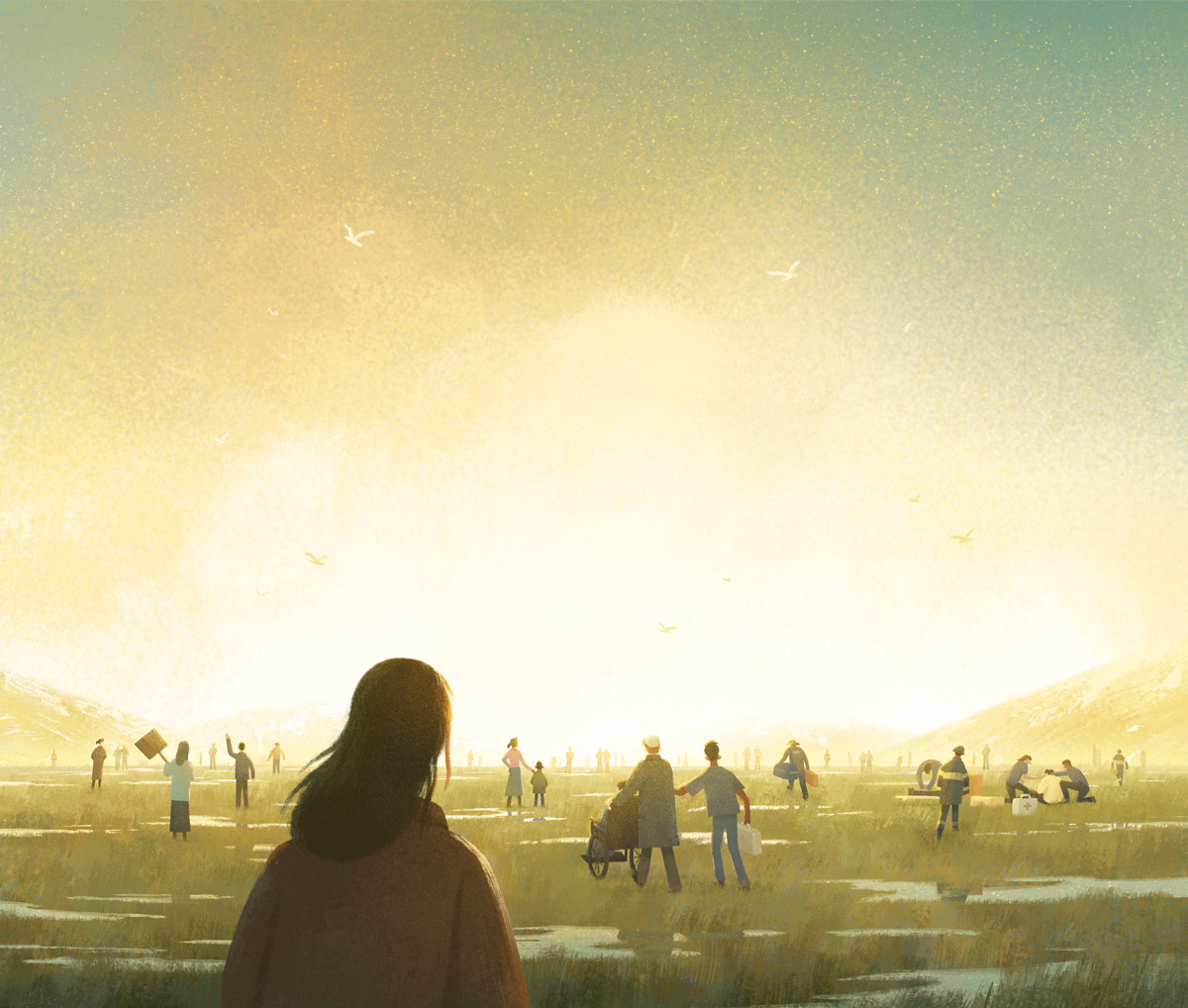
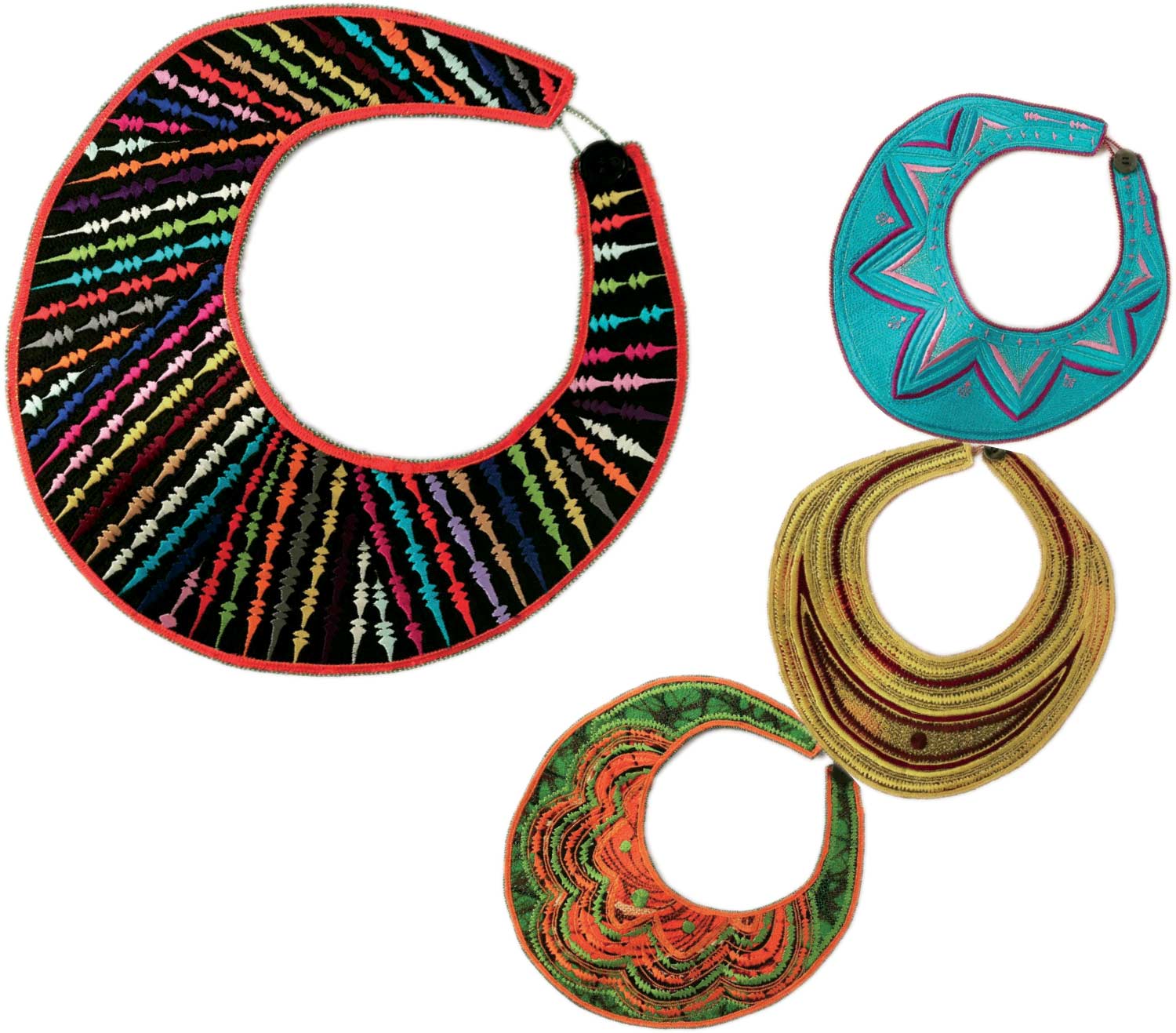
Melanie Phillpot Humble ’86
Aaron Hirschhorn ’99
Malado Francine Baldwin ’97
Part science experiment, part art project: Water makes a new home for jets of food coloring. Swirls ensue. Photo by Laurence Kesterson.
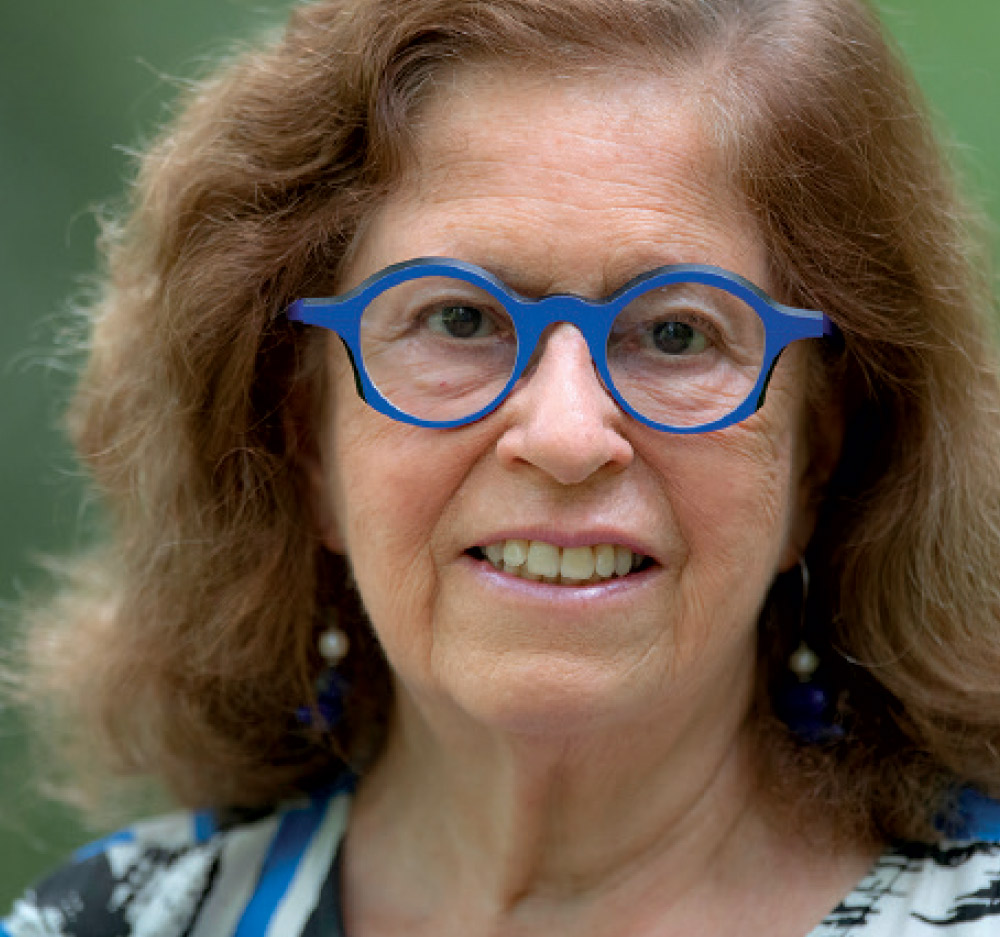
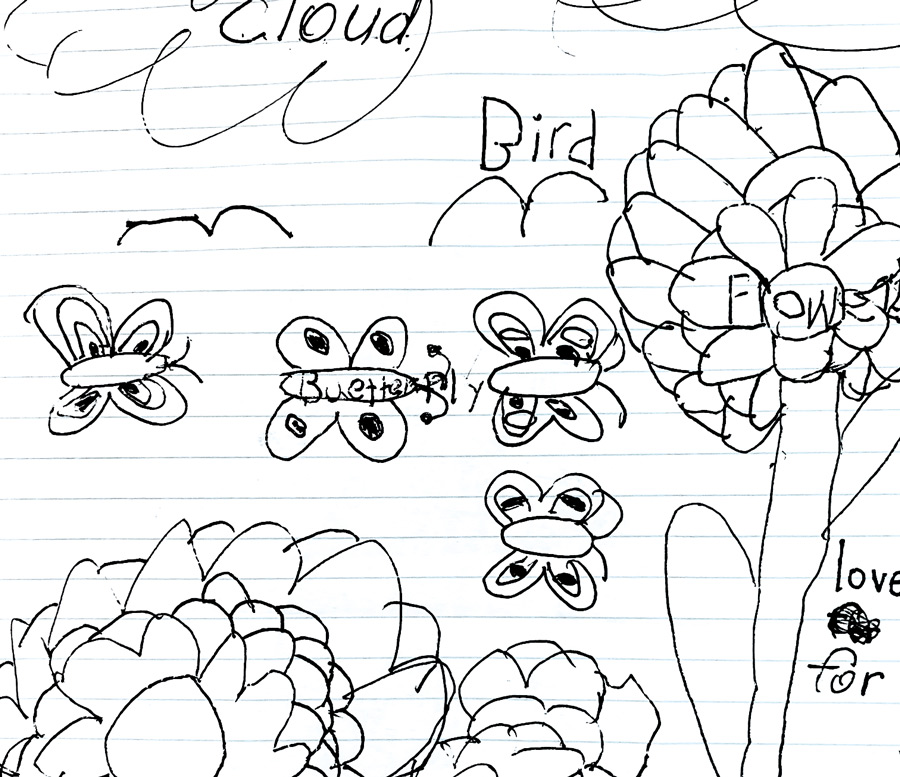
campbell
As 2021 begins, the turbulence caused by the COVID-19 pandemic continues unabated with immeasurable consequences. In moments of such uncertainty, it is the gift (and perhaps the duty) of the artist to help illuminate. We reached out to Swarthmore’s painters, writers, dancers, and musicians to ask how they interacted with and responded to 2020 and its profound trials. They shared their experiences of weaving art in the midst of disruption. Faculty and students, too, energetically approached the year’s challenges with a renewed focus on learning in a time of upheaval. From Zoom calls to wind tunnels to a virtual orchestra, the Swarthmore community has redoubled its efforts in the rigorous pursuit of education. In these pages, we are also guided by the wisdom of Swarthmoreans who have tapped into their faith. Collectively, the stories remind us — like the message of a simple drawing (above) or a complex symphony — to stay invested in hope.
This winter issue marks the beginning of a new year and a new sequence for the Bulletin. The magazine will be published three times annually, in winter, late spring, and fall. We are excited about this strategic shift. Not only does it support the College’s ongoing focus on sustainability, it also provides us with a chance for deeper storytelling and to share a new digital platform.
Please accept our wishes for a safe and healthy 2021 as we share these stories of those who are creatively keeping the flames of knowledge alive, even in menacing storms.
Kate Campbell
Managing Editor
Elizabeth Slocum
Senior Editor
Ryan Dougherty
Class Notes Editor
Heidi Hormel
Designer
Phillip Stern ’84
Freelance Designer
Geneen Pintof
Photographer
Laurence Kesterson
Administrative Coordinator
Lauren McAloon
Editor Emerita
Maralyn Orbison Gillespie ’49
Email: bulletin@swarthmore.edu
Telephone: 610-328-8533
We welcome letters on articles covered in the magazine. We reserve the right to edit letters for length, clarity, and style. Views expressed in this magazine do not necessarily reflect the opinions of the editors or the official views or policies of the College. Read the full letters policy at bulletin.swarthmore.edu.
Send letters and story ideas to
bulletin@swarthmore.edu
Send address changes to
records@swarthmore.edu
©2021 Swarthmore College.
connected to science
— SHANNON LOUDEN ’85, via bulletin.swarthmore.edu

— Melanie Phillpot Humble ’86
Friendship & Sisterhood
studentwise:
Time and
Transformation
OLLEGE IS SUPPOSED to become your second home the moment you move in, but I will admit that Swarthmore hasn’t always felt like home to me.
As a writer and editor for The Phoenix, I found a group I loved, yet my reporting sometimes reinforced the feeling that I was an observer, rather than a participant. It was the self-assured campus activists, leaders, and achievers I would interview that embodied Swarthmore. Not me. That’s how I felt, anyway.
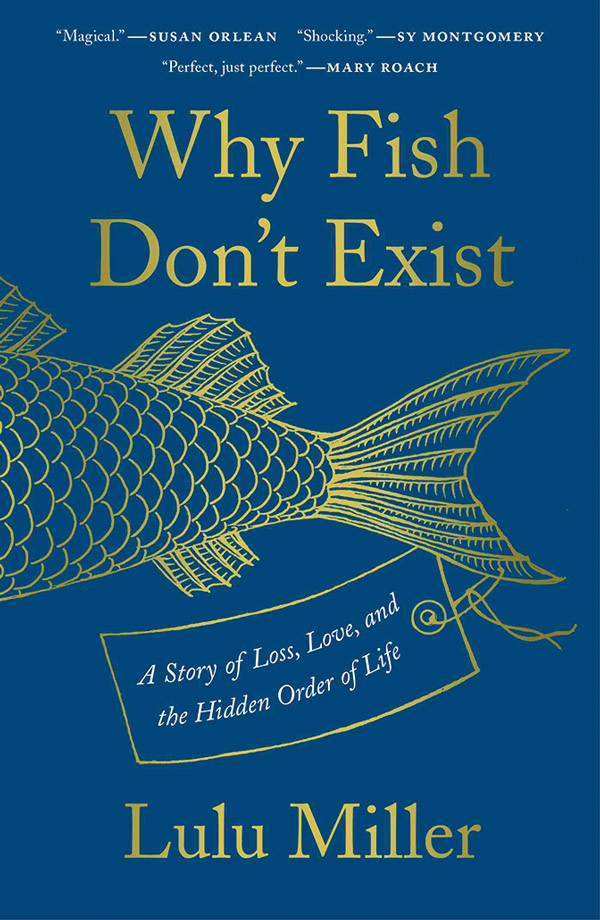
Why Fish Don’t Exist:
This page-turning debut by Lulu Miller ’05, part memoir and part science adventure, offers satisfyingly thought-provoking responses to these compelling questions. Seeking purpose and significance in her own life, Miller became intrigued by the extraordinary persistence that taxonomist David Starr Jordan displayed when he picked up and carried on after the 1906 San Francisco earthquake destroyed his life’s work.
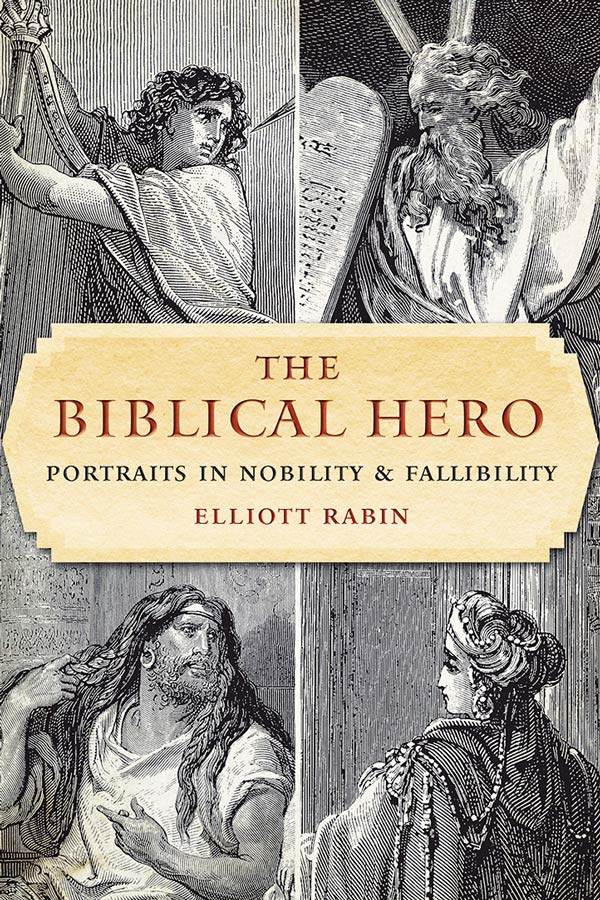
The Biblical Hero:
In The Biblical Hero (University of Nebraska Press, 2020), Elliott Rabin ’86 explores these biblical heroes — Moses, Samson, and David — as well as Esther, Abraham, and Jacob. He compares them to literary heroes and asks why the Bible depicts its heroes less gloriously than other cultures. In so doing, he opens a critical conversation not only about the nature of heroism but also about our inherent need for “human-scale” heroes. Rabin’s original approach to these texts and his reconsideration of these characters yield fresh insights into power, achievement, failure, and identity that are profoundly resonant in our contemporary context.
HOT TYPE: New releases by Swarthmoreans
Constant Comedy: How I Started Comedy Central and Lost My Sense of Humor
Ulysses Press
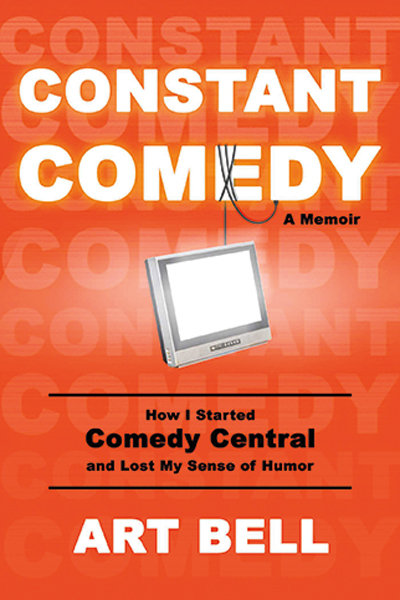

High Tension: FDR’s Battle to Power America
Diversion Books


Changes Across
Africa
As a teenager in Uganda, he was chosen to attend the United World College of the Atlantic in Wales. He knew that he was lucky, he says. It could have been any other smart, self-assured student, so he decided that he had to find a way to give back.

Students in Carol Nackenoff’s American Elections class produced a map highlighting the differences in voting laws over the years.
Swarthmore was the only college honored for housing design by the American Institute of Architects, for the new PPR Apartments.
Linguist K. David Harrison continues to grow a repository for the world’s endangered languages.
Provost Sarah Willie-LeBreton took part in a discussion on anti-racism efforts in suburban America.
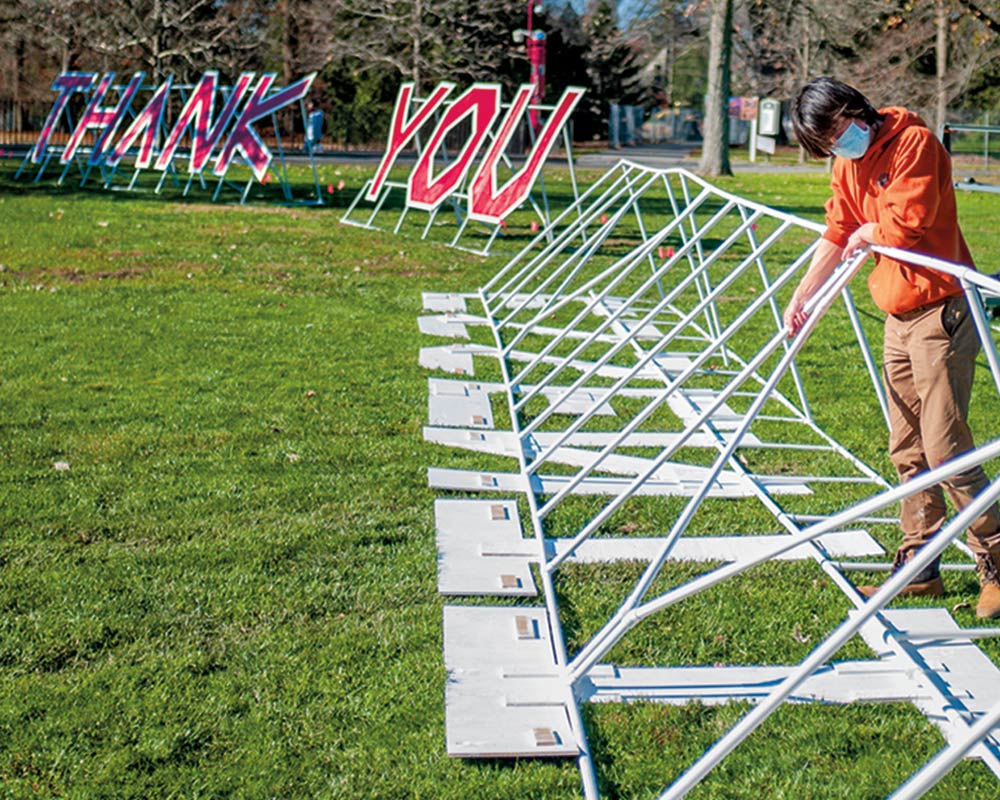
Uplifting Messages
Feeding the World
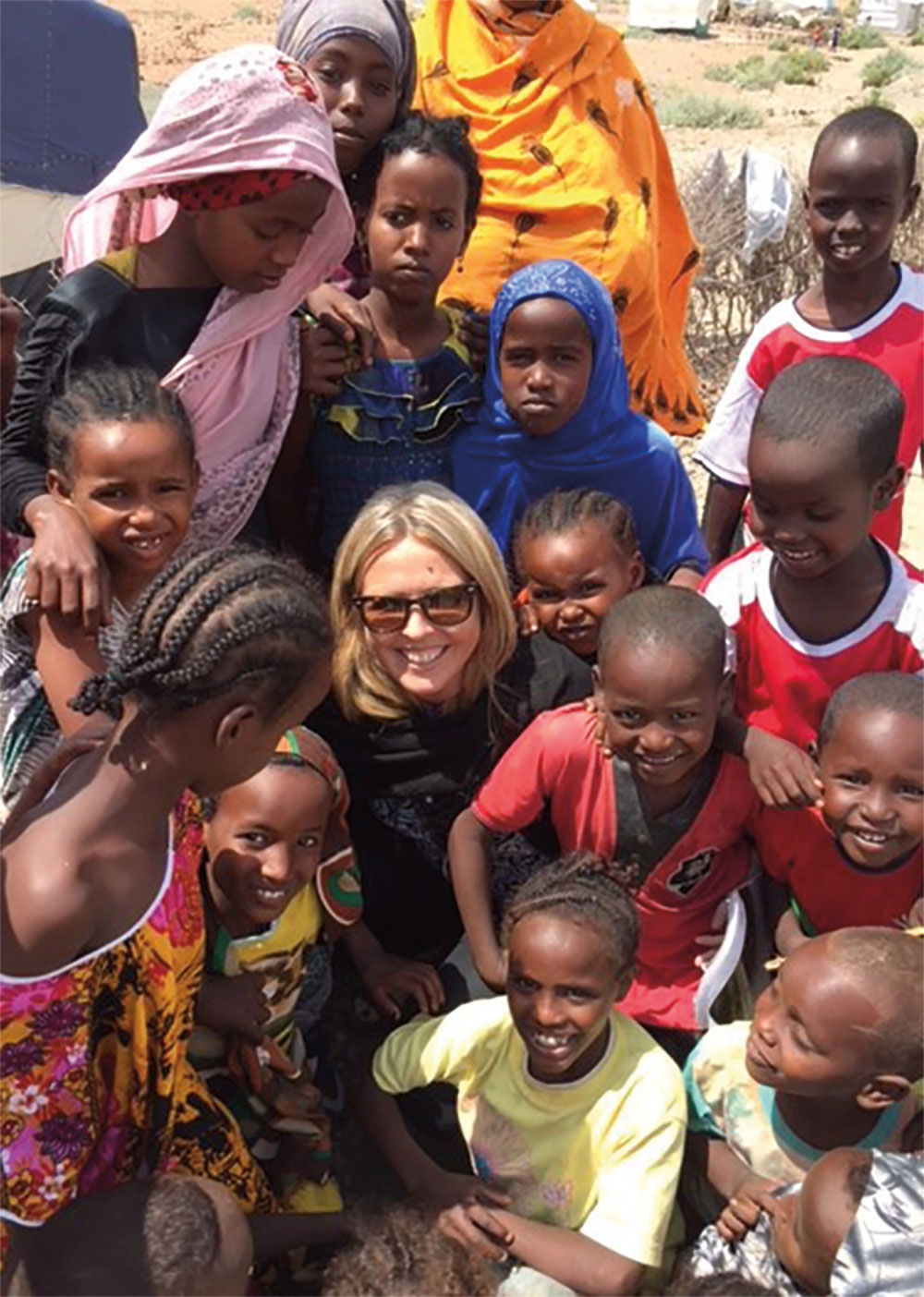
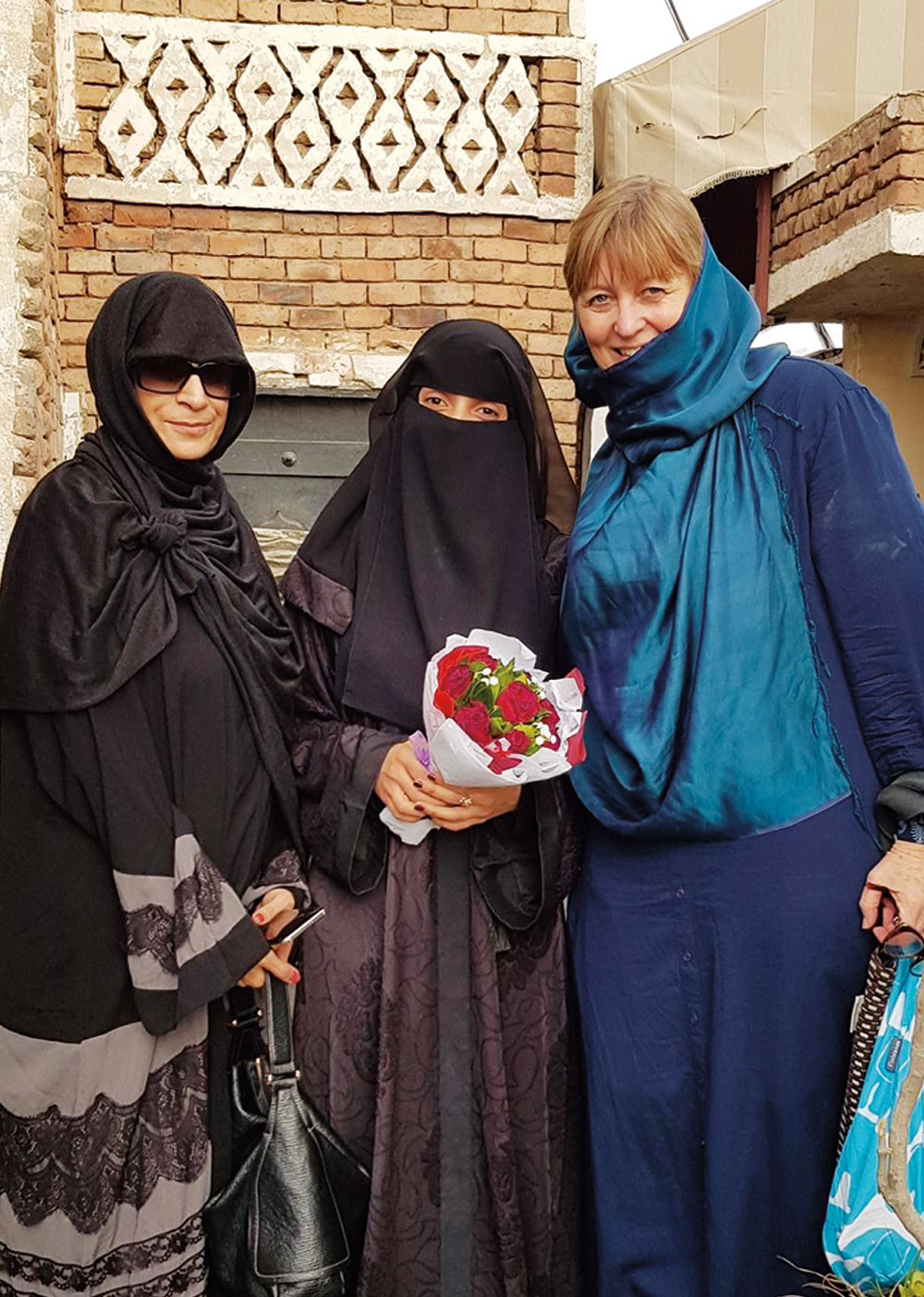
Two Swarthmore alumni shared in the recognition as the United Nations World Food Programme was awarded the Nobel Peace Prize for 2020.
Allison Oman Lawi ’91 is director, ad interim, for the WFP Nutrition Division, while Andrea Stoutland ’83 is special assistant to the director of human resources. The WFP was recognized Oct. 9 by the Norwegian Nobel Committee for its efforts to combat hunger and contribute to improving conditions for peace, and for leading in efforts to prevent the weaponization of hunger in war and conflict.

Finding the Right Channel
ne, two, three! Moja, mbili, tatu!
Though his own Kiswahili language skills may be on the beginner level, Jeff Schon ’73’s new children’s television channel is hitting high marks with Kenyan families. Schon and co-founder Jesse Soleil started Akili Kids!, a free, 24/7 children’s TV network in Kenya.
“There are 20 million children in Kenya, but there was nothing free for kids,” says Schon. Before Akili Kids! came along, children’s TV was largely for affluent viewers with satellite service.
In Honor of Swarthmore College’s 11th President, Theodore Friend
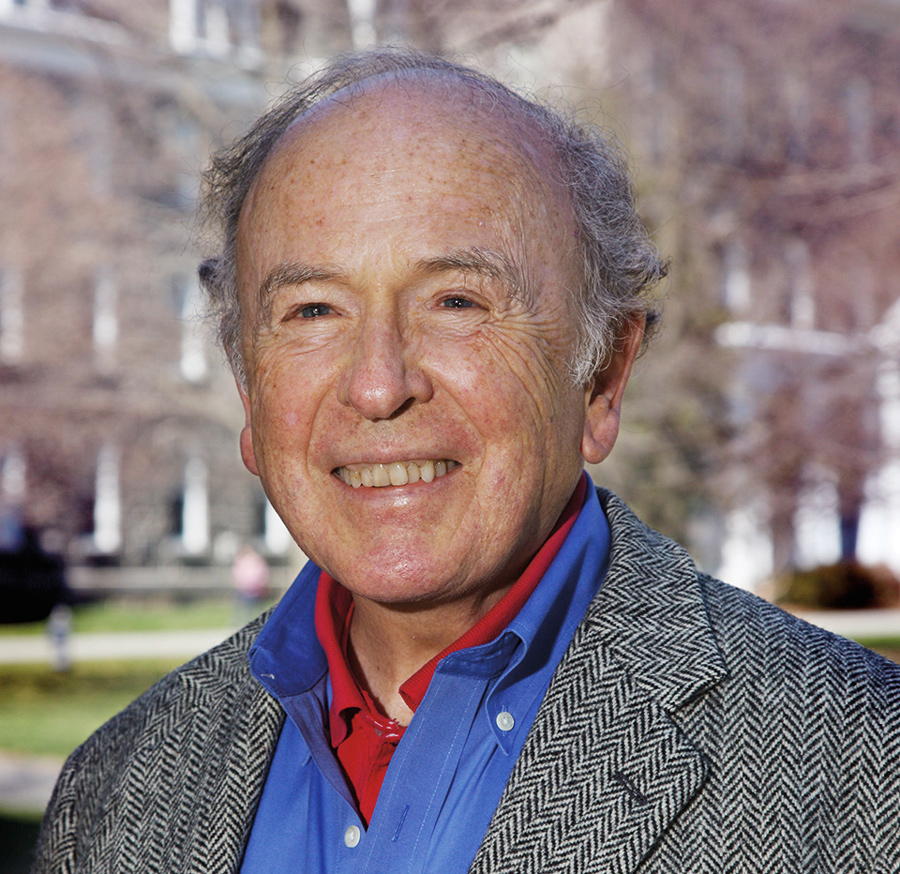
prodigious scholar and former Swarthmore president, Theodore Wood Friend III, known by all as “Dorie,” died Nov. 4 at age 89. With his passing, Swarthmore has lost a widely respected repository of institutional memory and one of its most engaging and enthusiastic advocates — known for his gracious leadership style and his ability to balance a range of competing institutional interests and priorities.
“I was fortunate to spend time with him on numerous occasions,” says President Valerie Smith, “and enjoyed his warmth, candor, wisdom, good humor, keen insights into the history and culture of the College, and wide-ranging intellectual curiosity.”
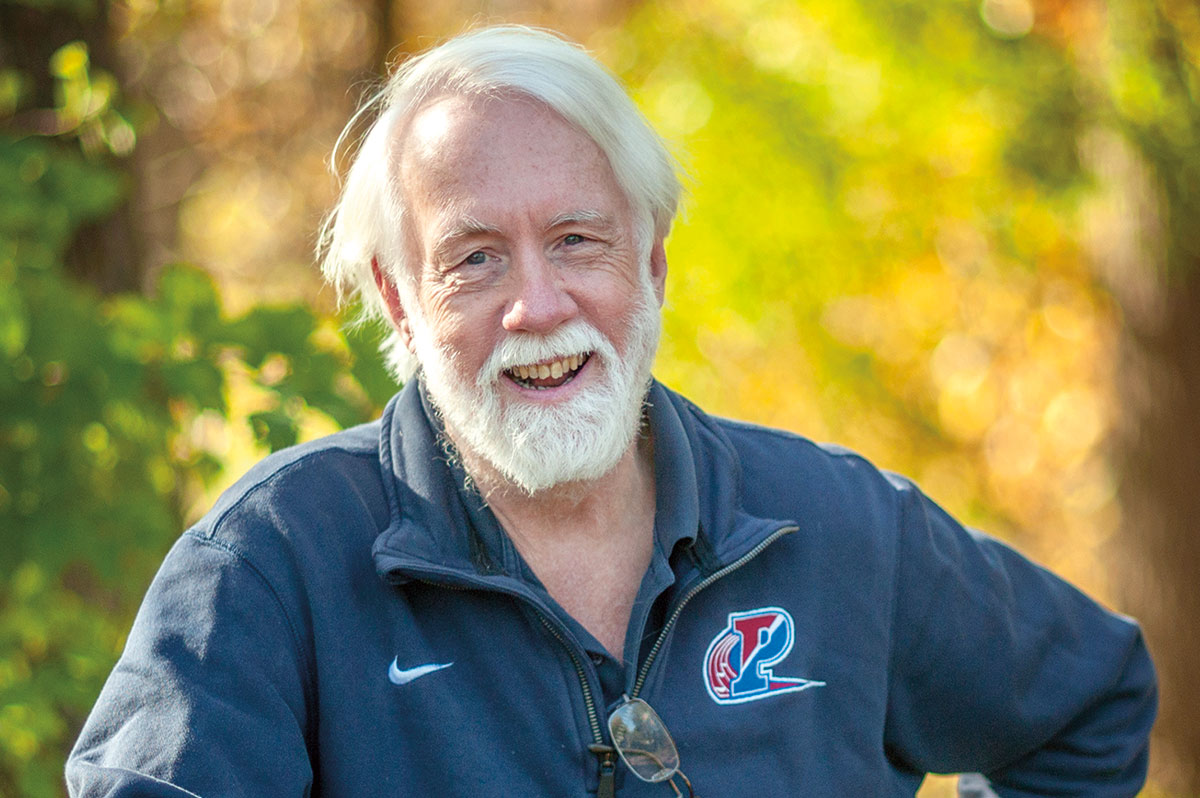
Nearing the Finish Line
Track and field has been the running theme in Dave Johnson ’73’s life: as a cross-country runner in high school and at Swarthmore (where in 1970 he co-founded the 18-lap McCabe Mile in the library’s basement stacks); as a writer for several publications; and as a 50-year collector of books, programs, scrapbooks, and meet results that fill his basement and two storage lockers.
Johnson will be retiring this spring as director of the venerable Penn Relays, but he won’t be leaving town.
Investing
in Animals
Aaron Hirschhorn ’99 spent his 30s in agony.
Two herniated discs left him with constant back pain, and no treatment seemed to work. Then, three years ago, he tried a procedure that involved removing stem cells from his bone marrow and injecting them back into his body.
“It basically cured my chronic back injury,” he says. “I was curious: How could something that worked so well not be known?”
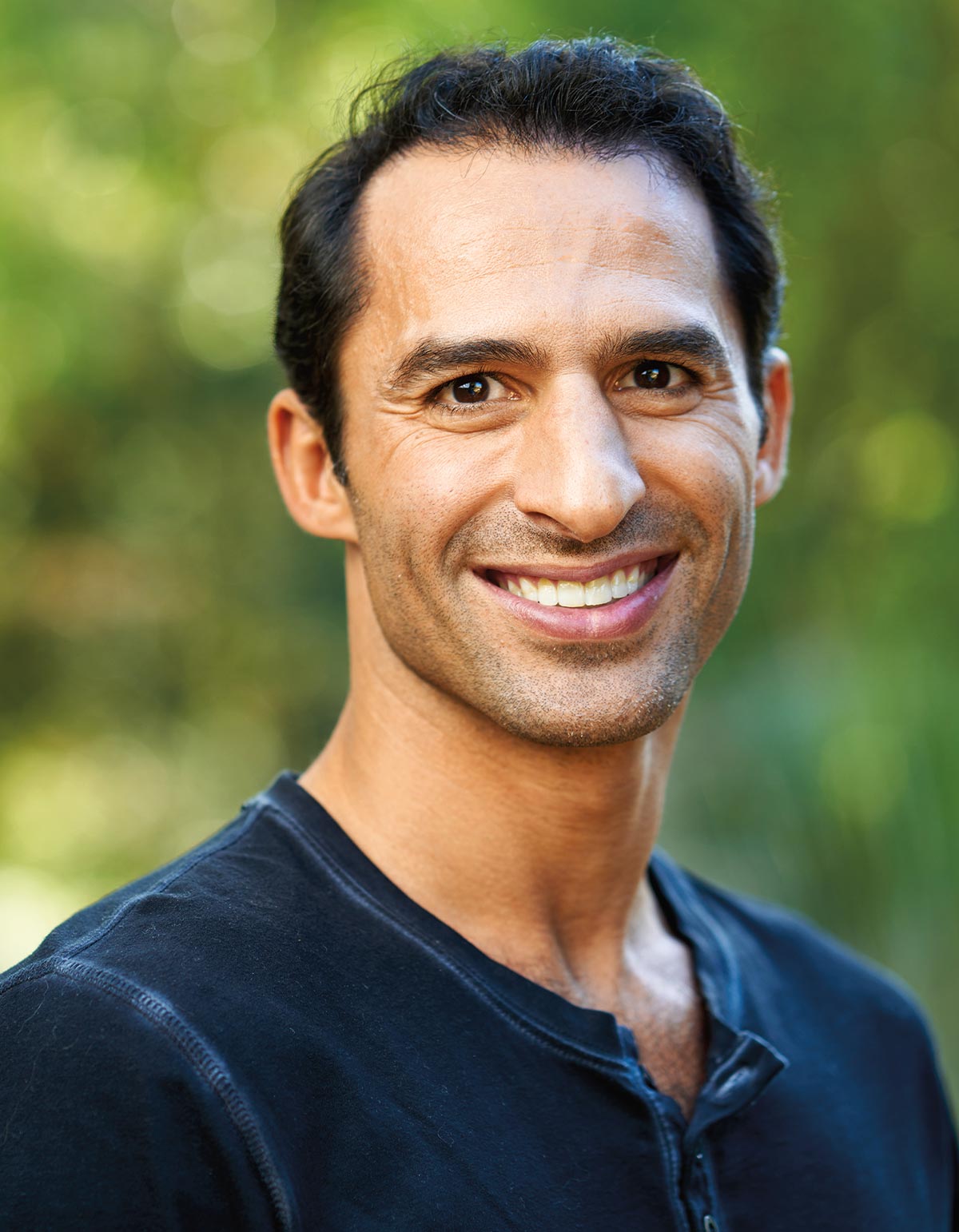

The Curative Power of Art
“Artists are a kind of conduit,” says Malado Francine Baldwin ’97. “We’re able to speak to moments in time, to find and create beauty amidst chaos. Art makes us slow down, pay attention, feel things more deeply.”
For 30 years now, Baldwin has been attentive to liminal spaces, performing the kind of alchemy that gives shape, color, and texture to dreams and ideas. Inspired by world cultures both ancient and contemporary, she creates new narratives of cultural inheritance in diverse media. She paints, draws, sculpts, embroiders, films, and even employs 3D printing to share what she’s thinking with the world.
Baldwin grew up in a mixed-race family, spending her formative years in Senegal and Mali, and her rich multicultural experiences flow through her work. Her major in comparative literature at Swarthmore also provided an open framework for exploring diverse disciplines, and she’s grateful for the liberal arts education that equipped her to delve into layers and meaning in her art.
“That strong foundation was incredibly important in my work. It’s still feeding me today,” she says.
Scene Change
hen The Media TheatRe in Media, Pa., canceled its live performances, musical director Ben Kapilow ’13 found himself missing his busy schedule — and his creative outlet.
After almost a month of rehearsals, he was devastated when the musical Baby was forced to close before the public had a chance to see it.
“It was very sad,” says Kapilow. “Everybody put in a lot of work. We had three preview performances, which went great. On the third and final one, the executive director of the theater told the cast and crew and musicians it had to shut down.”
The small but iconic theater, constructed in 1927 as a vaudeville house, was converted into a space for the performing arts in 1994 after a renovation brought the English Renaissance-style building back to its glory.
think
Think


Following Molly!
t first glance, it may be hard to believe that a Wegmans grocery store was an inspiration for Molly of Denali, a PBS show centered on an Alaska Native girl, 10-year-old Molly Mabray from the fictional village of Qyah.
Molly’s family runs the Denali Trading Post, which show co-creator and executive producer Dorothea Gillim ’86 likens to the Wegmans in her hometown of Rochester, N.Y.
“It was the hub of the community,” says Gillim, who also created the PBS program WordGirl. “It was the town square and much more than a place to get groceries. I always wanted to do a show about a store, and I thought it would be appealing to kids because they love to play shop.”
Gillim, who is an executive producer at the Boston public media station WGBH, is one of five Swarthmore alumni who contributed to the show during its first season, which was recently honored with both a Television Critics Award and a Peabody Award. The alumni group includes Anne Frankenfield Lund ’99, director of curriculum and content at PBS Kids; Leah Gotcsik ’97, a script writer; Nell K. Duke ’93, a professor of literacy, language, and culture at the University of Michigan and an informational text adviser for the show; and Kit Buckley ’94, senior interactive developer at WGBH.

a Mural
S artworks painted directly on the walls or ceilings of a building, murals symbolize permanence. When that building is demolished, the paintings vanish with it.
But not at Swarthmore.
For 80 years, the unlikely location of the College’s most significant murals was a lecture room in Hicks Hall, until recently home to the Engineering Department. Painted in the late 1930s by James D. Egleson ’29, the frescoes’ theme was the interaction of science and society. Generations of students were distracted from lectures by scenes of heavily muscled men working intently on physical and mental tasks alongside those whose lives have been disrupted by unemployment or war. Images of a poverty-stricken woman and an aged-looking little girl appear, as do symbolic still lifes of bombs, handshakes, books, and tools.

a Mural
S artworks painted directly on the walls or ceilings of a building, murals symbolize permanence. When that building is demolished, the paintings vanish with it.
But not at Swarthmore.
For 80 years, the unlikely location of the College’s most significant murals was a lecture room in Hicks Hall, until recently home to the Engineering Department. Painted in the late 1930s by James D. Egleson ’29, the frescoes’ theme was the interaction of science and society. Generations of students were distracted from lectures by scenes of heavily muscled men working intently on physical and mental tasks alongside those whose lives have been disrupted by unemployment or war. Images of a poverty-stricken woman and an aged-looking little girl appear, as do symbolic still lifes of bombs, handshakes, books, and tools.
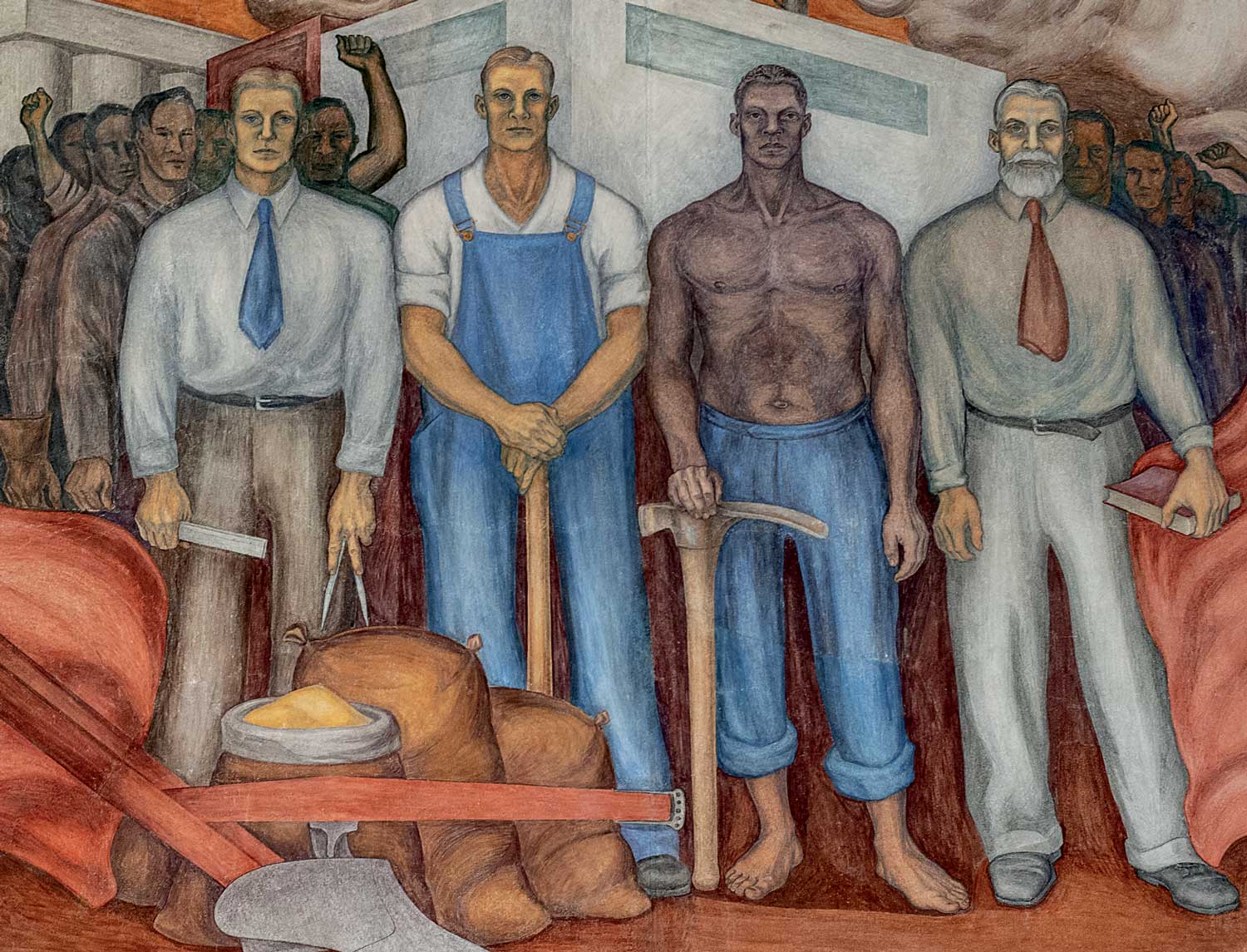
class notes

Learn about upcoming workshops, happy hours, panel discussions, and more for the Swarthmore community.
swarthmore.edu/alumni
Celebrate milestone reunions and the connections of Swarthmore alumni to one another and the College virtually throughout the year.
swarthmore.edu/reunion-2021
Featuring alumni working in fields including art, law, education, and reproductive justice, these conversations will focus on racial identity, representation, access to resources, and the structural changes and solutions necessary to move forward.
bit.ly/SwatTalks
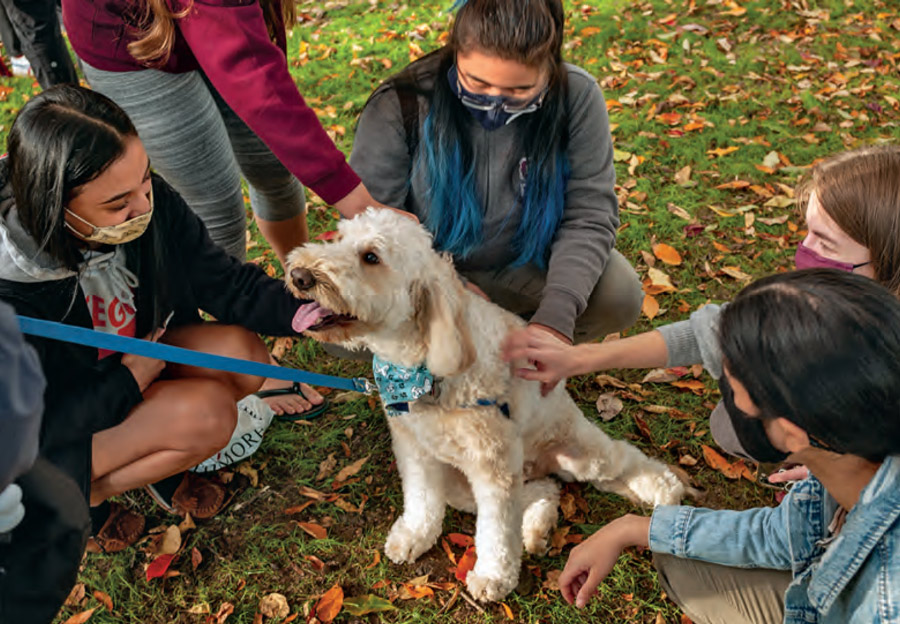
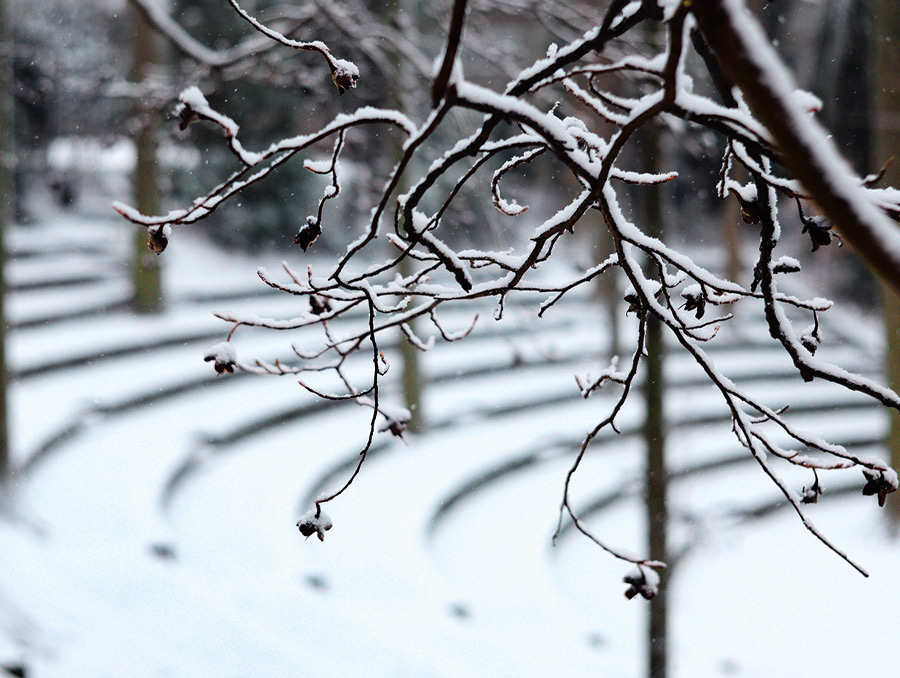
their light lives on
“Kit,” a librarian and director of the Mentor (Ohio) Public Library, died Nov. 13, 2017.
A loving wife, mother, grandmother, and great-grandmother, she retired in 1980 as library director and enjoyed needlecrafts, traveling, and spending time with her family.
Helene, a mathematics major who worked at Los Alamos National Laboratory, died Aug. 3, 2020.
“Molly,” a World War II code breaker and social worker, died Dec. 25, 2019.
Molly attended Swarthmore for two years, ultimately graduating from the University of Michigan. She then became a communications officer for the WAVES; her unit received a Naval Unit Commendation for their work on breaking the Japanese code. She did postgrad studies in social work at the University of Southern California, and was later employed by the Pennsylvania Department of Transportation.
Nancy, who loved dogs, volunteering, and her family, died July 8, 2020.
She worked in the advertising industry and later volunteered at various organizations, including St. Margaret Memorial Hospital, Cooper-Siegel Community Library, and Guyasuta Garden Club, all in Ohio. Nancy was an avid reader and subscriber to the arts, and she had a talent for painting, gardening, and playing the piano.
looking back
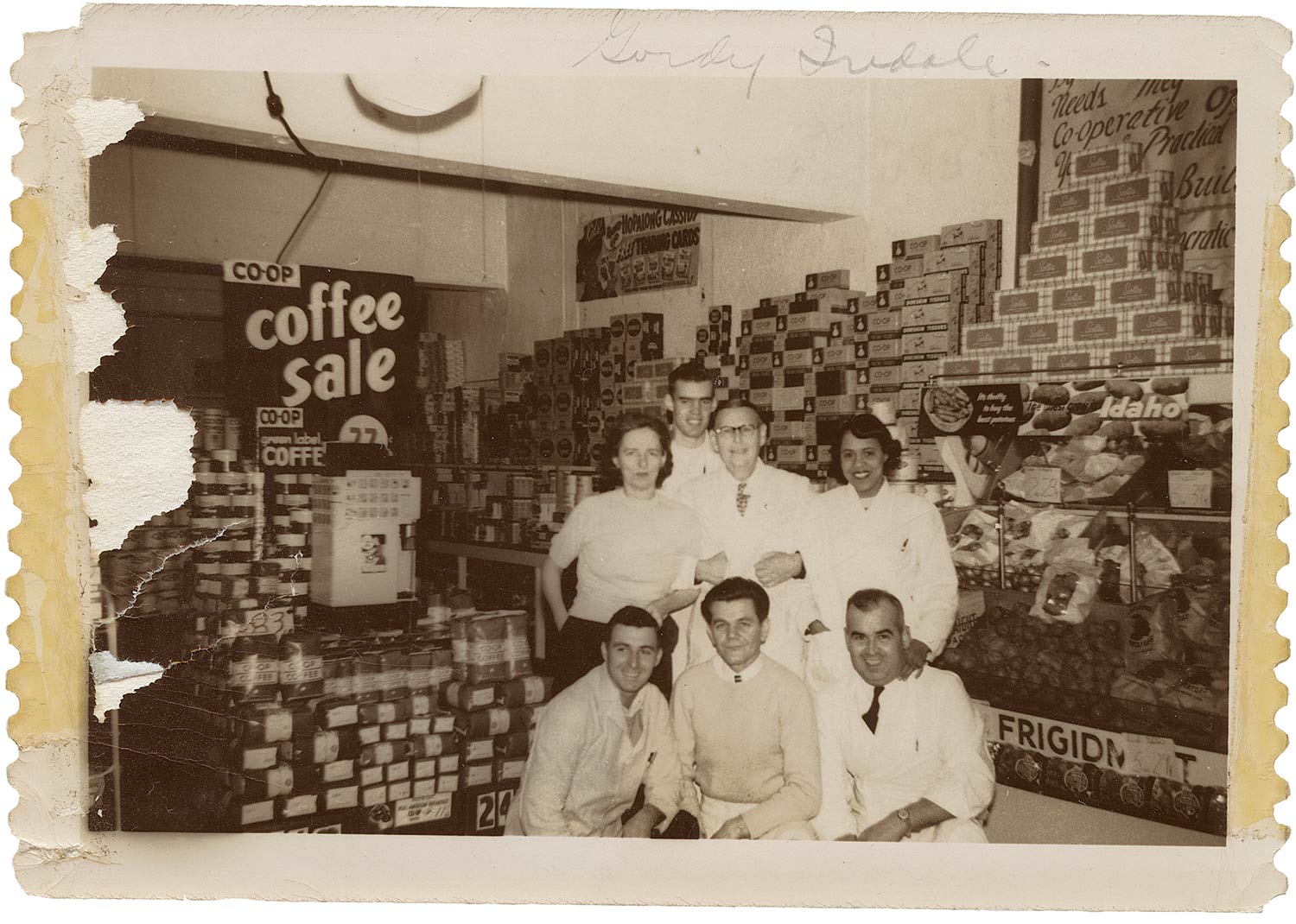
The pandemic has reacquainted many Americans with their grocery stores, as forced business closures and quarantine orders have led them back into the kitchen.
In Swarthmore Borough, the quintessential place to buy grocery essentials has long been the Swarthmore Co-op. The store, which doubles as a community gathering spot, was founded in the 1930s in response to another global emergency: the Great Depression.
Records from the Swarthmore Historical Society, housed at Friends Historical Library, detail the formation of the community fixture — one of the oldest food co-ops in the country — and the role Swarthmoreans played in the process.
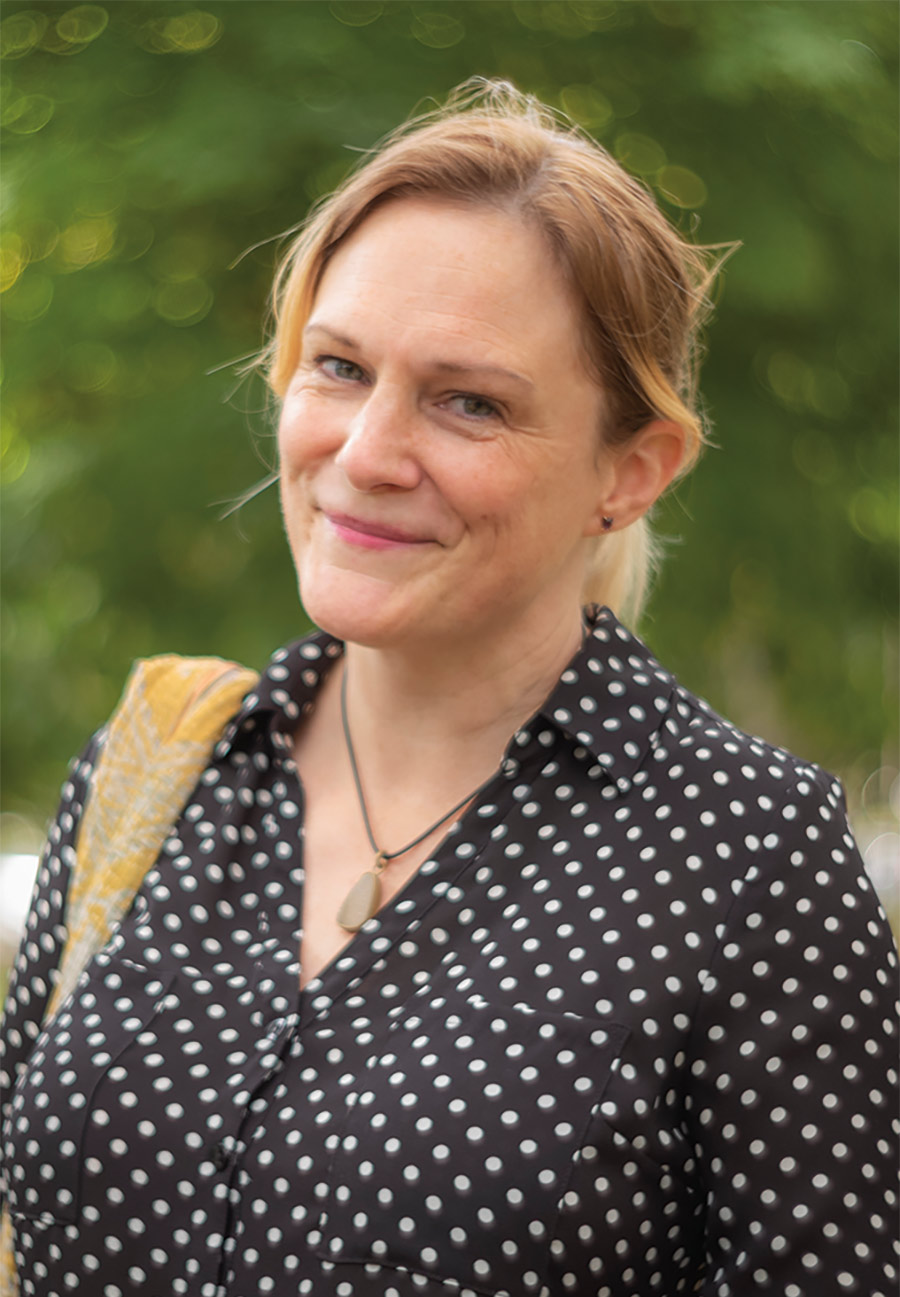
Dizzying
and Delicious
We are communal, embodied creatures who need to gather and tell stories together. That is how we build space in our hearts for ambiguity, disagreement, and nuance.

Dance the night away: A physically distanced outdoor dance this fall allowed students to engage in some creatively organized downtime.
Help us meet the needs of our students, especially in these uncertain times.




